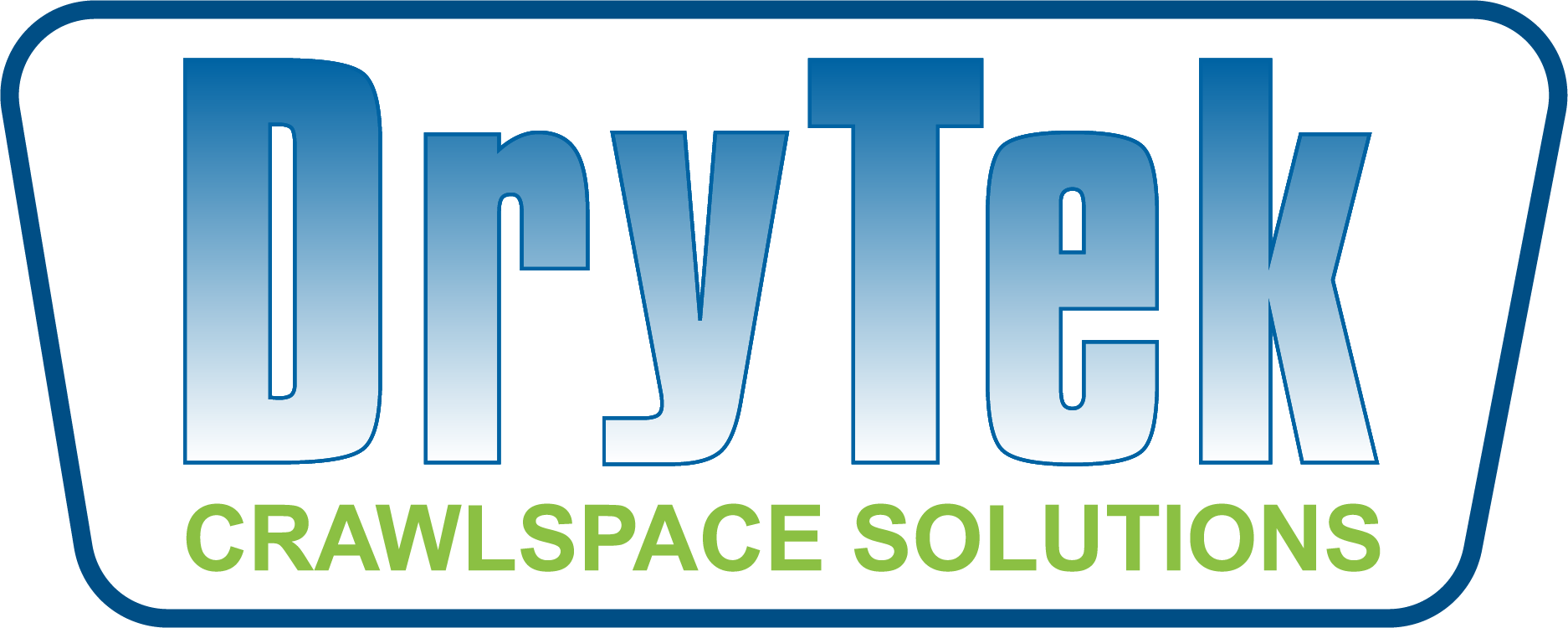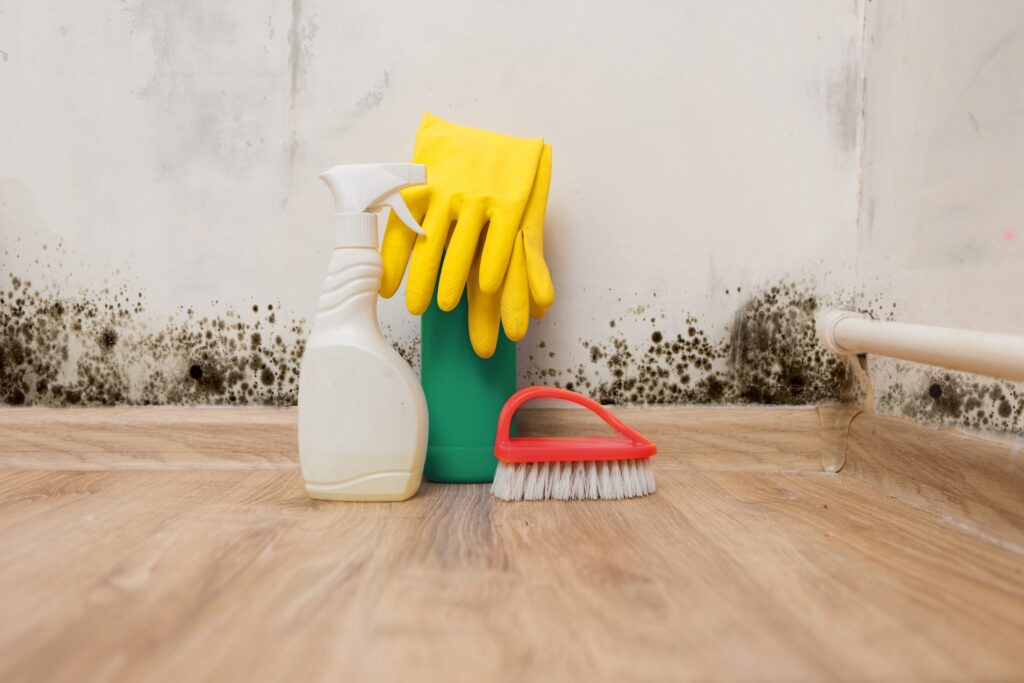When you find mold growing in your home, it can be difficult to know how to go about mold remediation.
Can you do it yourself, how can you do it yourself, and is it necessary to call a professional are some common questions. While severe cases should be handled by an expert, it is possible to handle minor cases on your own.
Risks of Mold in the Home
Neglecting any form of mold in your home isn’t an option, especially if you understand the risks involved. While some forms of mold are much more dangerous than others, even mild forms can provoke allergies and cause negative symptoms.
Runny nose and sneezing are common, and the presence of mold spores increases the risk of developing asthma or similar disorders. Black mold is famous for its high level of toxicity, but all forms of mold may aggravate the respiratory system.
Aside from the health risks, there is also the possibility of mold spreading very quickly, which causes even more damage and skyrockets repair costs.
Can You do Mold Remediation Yourself?
After considering the negative effects of mold in your home, it’s clear that mold remediation is essential. In very minor cases with small, surface-level mold patches, anyone can handle it themselves. You apply a mold-killing solution, let it sit, then brush away the mold while taking precautions to avoid spore inhalation.
However, it’s often necessary to tear out the afflicted drywall altogether. It’s extremely difficult to restore insulation and drywall to an uninfected state if the mold has taken root. As a result, the only way to remove the mold is the seemingly-drastic measure of removing the afflicted area.
What Chemical is Used for Mold Remediation?
Mold remediation experts use industrial-grade antimicrobial chemicals to kill mold, but that’s the easy part. After gearing up in PPE and using plastic sheets to seal off the afflicted room, they remove and bag the infected drywall. Mold-killing chemicals are simply sprayed around to pick off any loose spores.
On your own, however, it is advisable to stay away from strong chemicals, especially if you do not have experience with using them. You run the risk of worsening the situation if you use water based solutions. “So what do I use,” you ask
What Can I Use for Mold Remediation?
Whatever you do, don’t use bleach. Bleach has a toxic reaction with some forms of mold, and in general, it doesn’t work. While the chemical in bleach rapidly evaporates without sinking into the wood, it leaves behind plenty of water. On the other hand, Vinegar can sink into porous surfaces and kill any shallow roots of the mold.
Use a vinegar-filled spray bottle to drench the afflicted area and wait for ten minutes. Then, scrub the afflicted area, remove all mold stains, and throw away the sponge. Ideally, you should wear a mask and disposable clothes while performing mold remediation.
Prevent Future Mold Growth
Mold spores are quite ubiquitous, and if the conditions exist for mold to grow, it will grow. Darkness, moisture, and organic material are the prerequisites for mold growth. Once your vinegar solution has killed the mold, make sure you provide proper ventilation and encourage the area to dry.
Expert Mold Remediation
Here at Drytek, we have the latest dehumidifiers and the best in mold-killing chemicals.
More than that, we have the expertise to remove any mold patches while protecting your home and family. If you have a severe or recurrent mold problem on your hands, give us a call.


